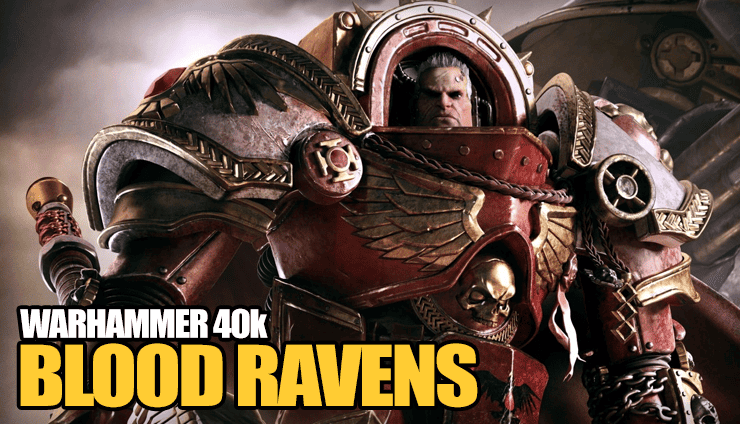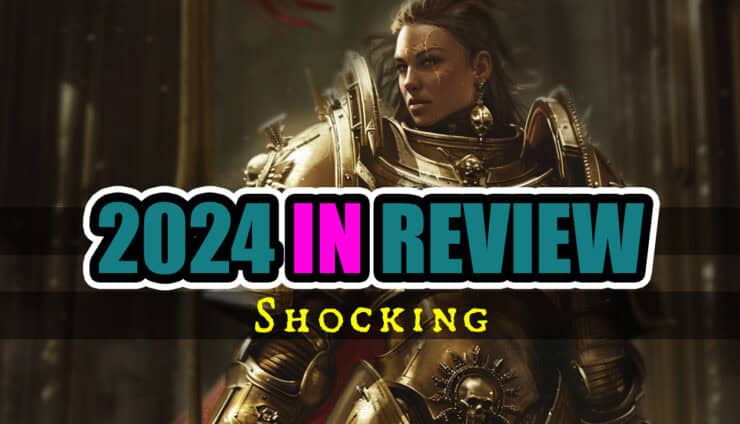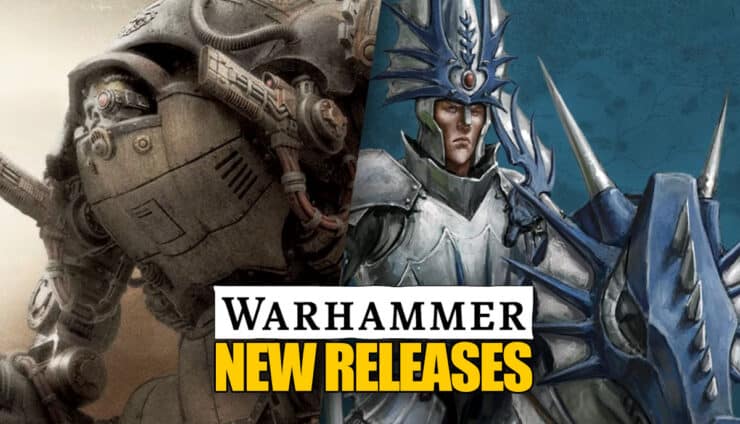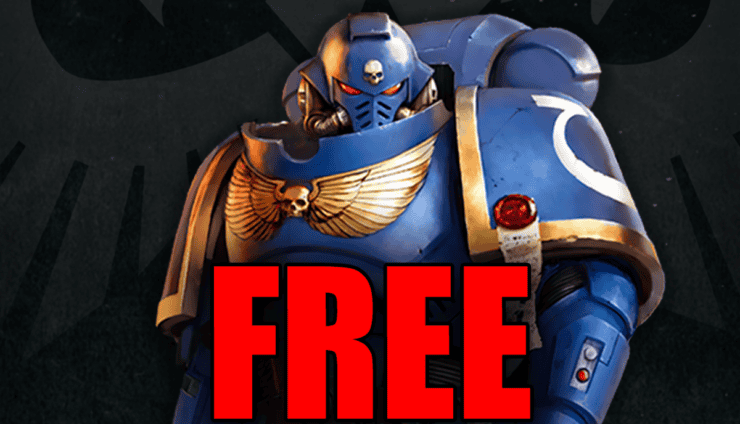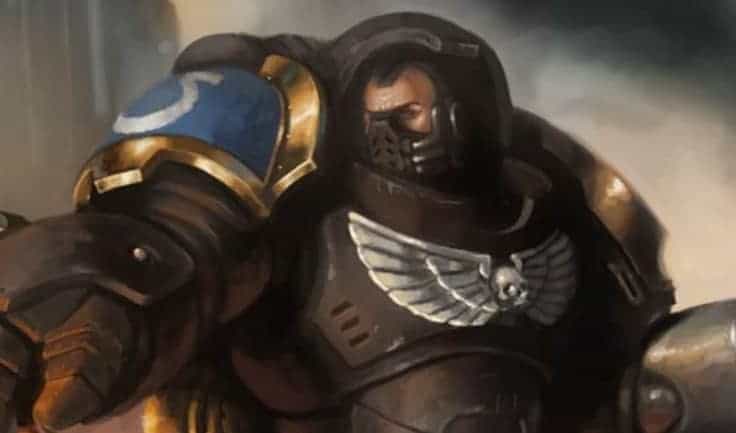 Becoming Deathwatch isn’t just an honor—it’s a deadly test, learn how Space Marines earn their place among Warhammer 40k’s ultimate alien hunters.
Becoming Deathwatch isn’t just an honor—it’s a deadly test, learn how Space Marines earn their place among Warhammer 40k’s ultimate alien hunters.
Updated January 29th, 2025, by Rob Baer with new information and links to relevant content and their new rules.
So, you think you’ve got what it takes to fight in the Emperor’s deadliest kill team? Think again. The Deathwatch doesn’t just hand out fancy black armor to any battle-hardened Space Marine who shows up at their doorstep. No, joining this elite brotherhood is brutal, unforgiving, and—let’s be honest—not everyone makes it out alive.
This isn’t just about proving your strength. It’s about proving your worth. The Deathwatch in Warhammer 40k doesn’t fight mindless hordes of heretics or traitors. Their job is far more dangerous—hunting down the galaxy’s most terrifying Xenos threats before they spread like a plague. And to do that, they need warriors who can think, adapt, and, if necessary, make the ultimate sacrifice.
So, what does it take to be counted among these legendary alien hunters? What price must a Space Marine pay to join the Emperor’s last line of defense against the horrors beyond the void? Strap in—we’re about to walk through the brutal trials, deadly missions, and unbreakable brotherhood that defines the Deathwatch in Warhammer 40k.
Quick Overview of the Deathwatch in 40K
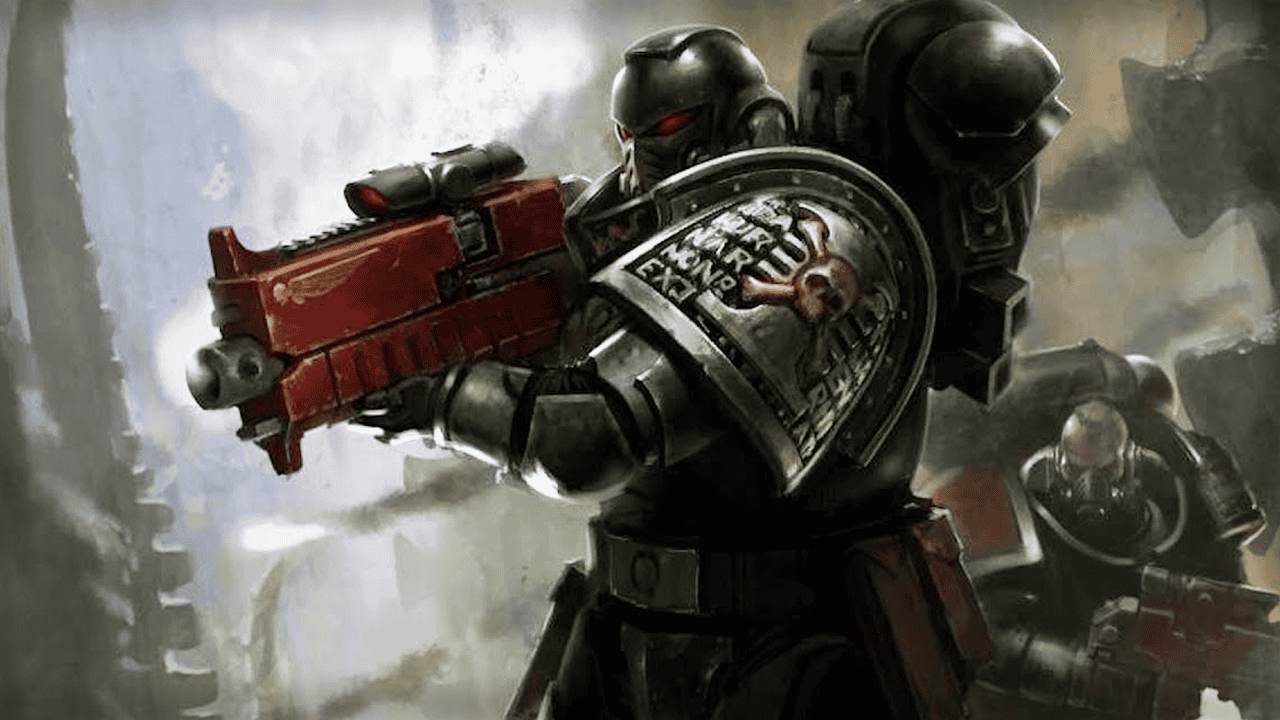
The rules? Simple. Leave your old allegiances at the door, swear loyalty to the cause, and prepare for some of the most brutal, high-risk missions in the galaxy. Oh, and that striking black armor? It’s not just for intimidation—it’s a symbol of the unbreakable duty that binds them together.
Becoming a Deathwatch Veteran
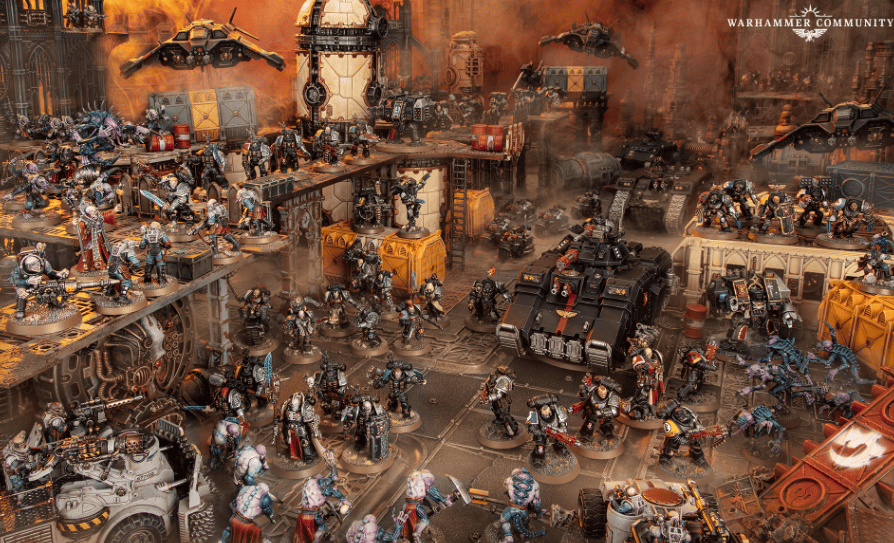
A Deathwatch veteran isn’t just a warrior; they’re a specialist in Warhammer 40k. They’ve been molded into something more than what they were before, adapting to a different way of waging war. They leave their past allegiances behind, fighting not for their Chapter but for the survival of the Imperium. Some return home after their service, carrying newfound knowledge back to their original battle-brothers. Others stay, drawn to the endless fight against alien threats.
Selection and Rigorous Training
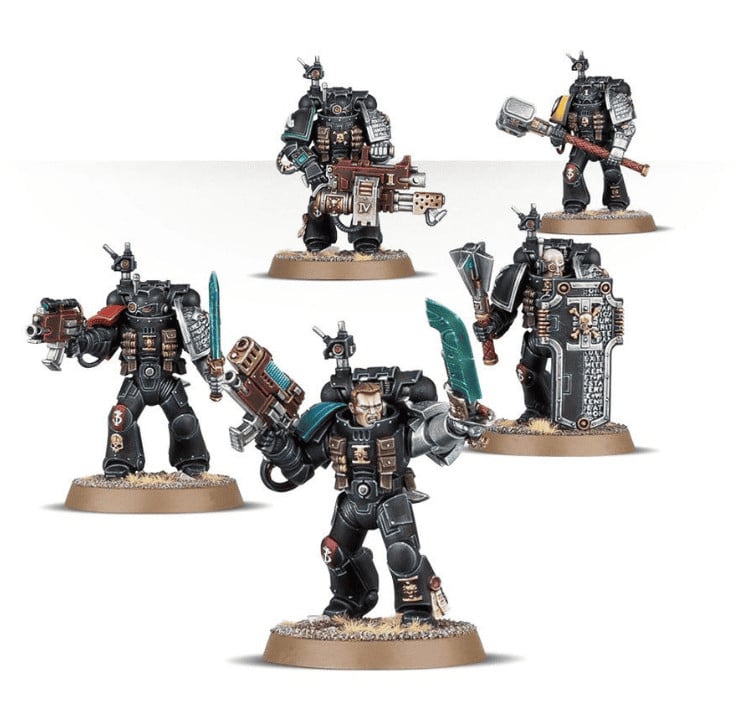
Training is relentless. It’s one thing to fight as part of a standard Space Marine force, where every battle brother has trained together for years. It’s another to be thrown into an elite Deathwatch kill team, surrounded by warriors from completely different backgrounds in Warhammer 40k. They must learn to fight as a single unit, using advanced wargear, battlefield intelligence, and specialized tactics to eliminate threats that would tear apart a less experienced force.
There’s no room for error. Every new recruit is pushed to their limits, tested on their ability to adapt, strategize, and execute missions with precision. Those who can’t keep up either wash out or don’t survive long enough to make it matter.
Initiation and Acceptance
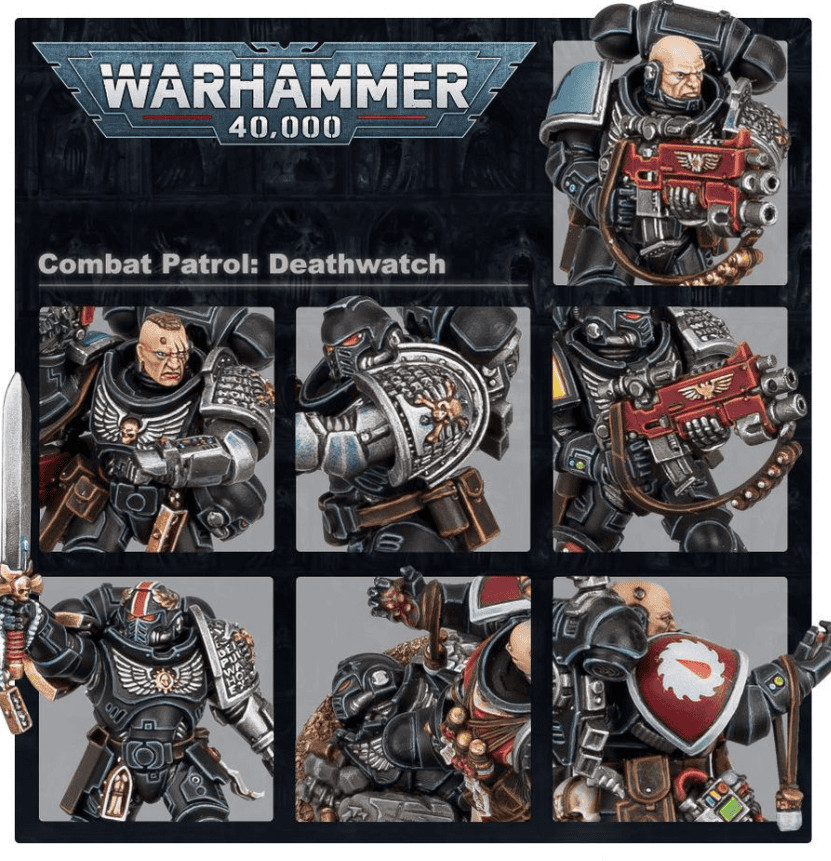
Some never go back. Some have no home to return to. The Warhammer 40K Deathwatch Black Shields are those without a Chapter, without a past—only the mission remains.
Cost of a Life in Service
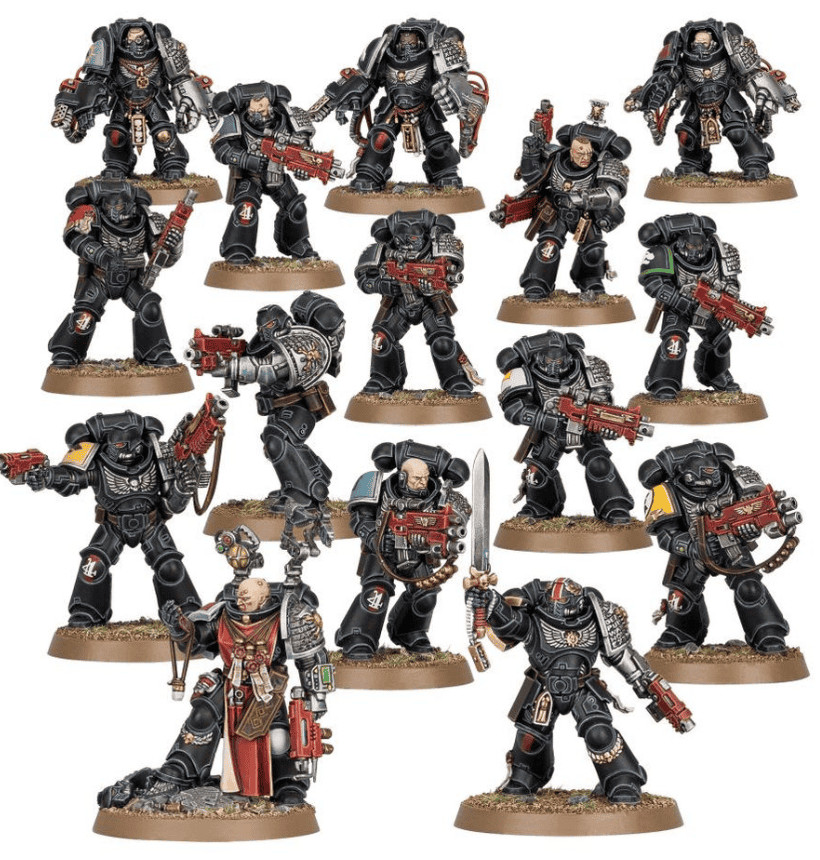
Time in service varies, but for some, it never ends. Most are expected to return to their original Chapters after their duty is complete, carrying back invaluable knowledge of alien warfare. Others never leave. Some choose to stay, drawn deeper into the fight, unable to walk away from the endless war. Then there are the Black Shields—those with no past, no Chapter, and no future beyond their duty. They serve until death, never speaking of what they left behind.
Mental and Emotional Toll
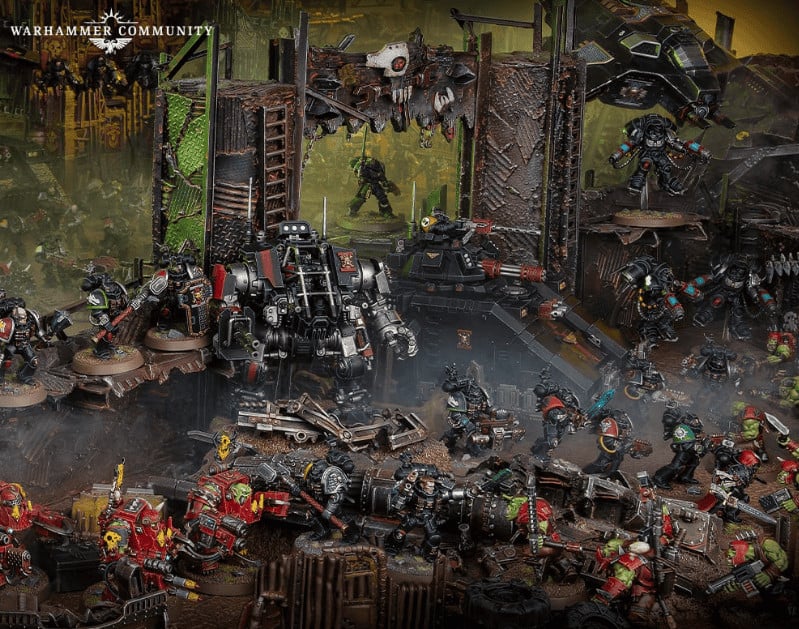
The endless exposure to alien technology, cultures, and battle tactics changes a warrior. Some return to their Chapters and find they no longer fit in. Others struggle with the knowledge that the Imperium’s greatest threats aren’t always the ones people expect.
The brotherhood within a Deathwatch kill team is different from the bonds formed in a traditional Chapter. These warriors come from all over the Imperium, with different doctrines, traditions, and combat styles. They must learn to trust each other, despite the rivalries and differences ingrained into them since their earliest days as Space Marines. The ones who can’t adjust don’t last long.
Physical Adjustments and Armor
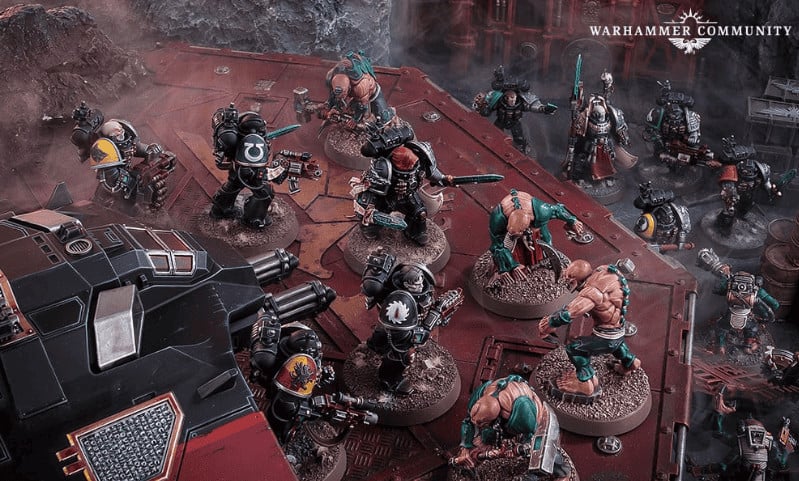
The armor itself is a statement. That black paint isn’t just for show—it marks them as something apart from their former selves. The only thing left of their Chapter is the shoulder insignia, a reminder of where they came from but not who they are now. The wargear they carry is designed for the mission at hand, from customized bolters to exotic weapons not seen anywhere else in the Imperium.
Some never take the armor off. Some wouldn’t know who they were without it.
The Call to Serve: Why Do They Join?
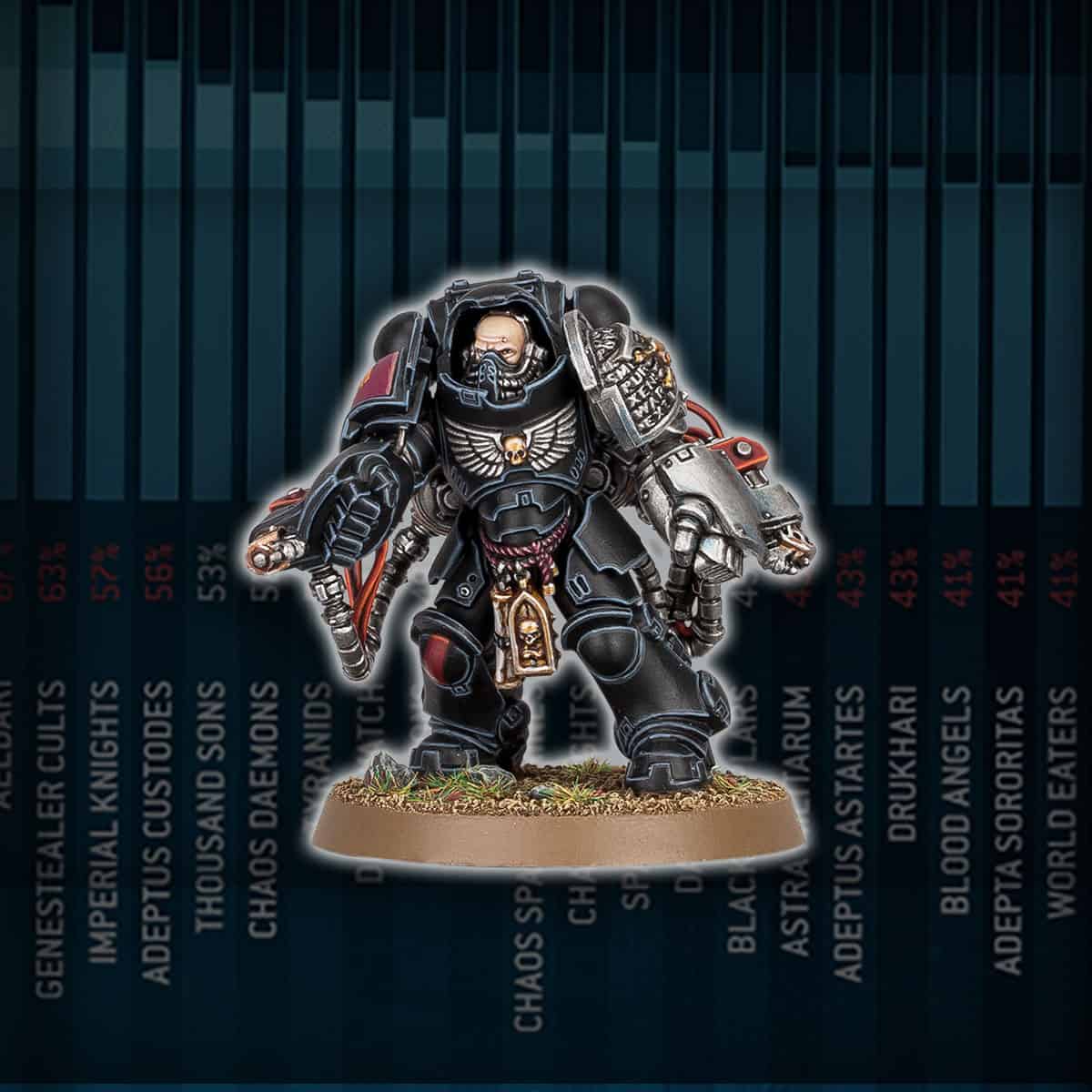
The reasons for joining are as varied as the warriors themselves. Some are selected by their Chapter Masters, sent as an honor or punishment. Others see it as an opportunity to sharpen their skills against enemies they could never face within their own ranks. And then there are those who have no choice—lost, exiled, or seeking redemption, with only one place left to turn.
The Allure of Joining the Deathwatch
For some, service in this force is the ultimate test of skill. A Space Marine might be unmatched within his own Chapter, but surviving alongside warriors from different backgrounds, with different combat doctrines, requires more than brute force. It demands adaptation, precision, and trust in battle-brothers who were once strangers—or even rivals.
Then there’s the wargear. The tools of this trade are unlike anything found in standard Chapters. From modified bolters to experimental Xenos-derived technology, every piece of equipment is designed for one purpose: maximum efficiency in exterminating alien threats. A warrior who trains with these weapons never fights the same way again.
And, of course, there’s the black armor. Stripping away old colors and heraldry marks a transformation. For the duration of their service, these warriors are not Ultramarines, Blood Angels, or Space Wolves. They are part of something greater, a force dedicated to the Imperium’s survival above all else.
Reasons Behind Recruitment
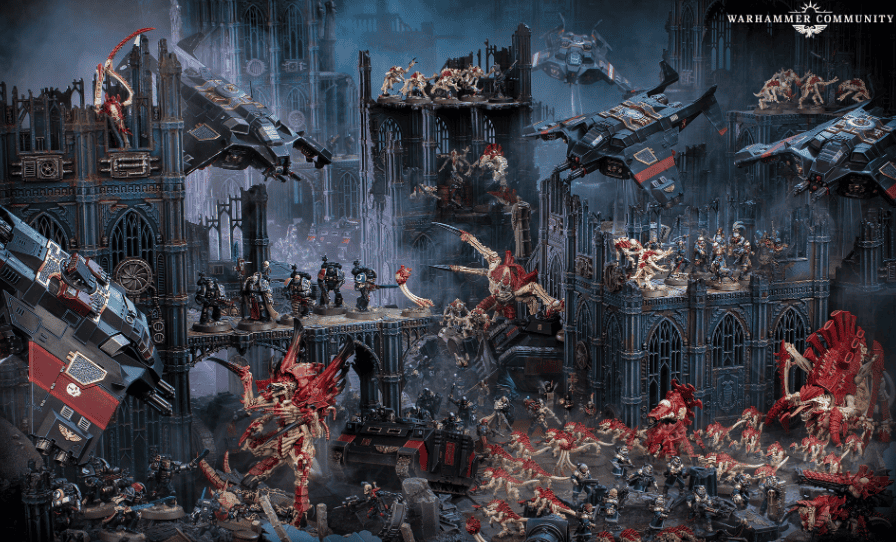
Then there are those who stay long after their service is over. Some return to their Chapters as hardened specialists, carrying back new knowledge. Others never leave, believing this is the only war worth fighting. And some—those who wear the black shield—never had a Chapter to return to in the first place.
The Structure of the Deathwatch in 40K
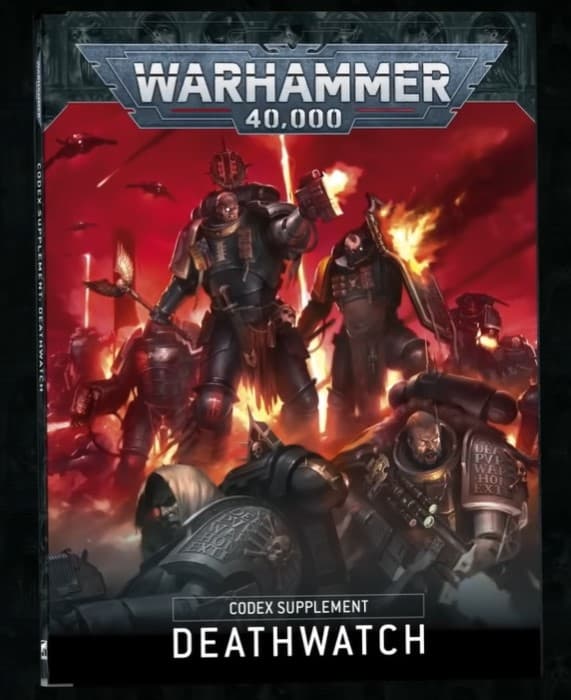
Each Deathwatch kill team is assembled with a purpose. Some specialize in rapid strikes, others in heavy firepower. Each member brings expertise from their former Chapter, and that blend of tactics creates an unpredictable and highly effective force. With such a mix of combat styles, leadership needs to be precise, decisive, and capable of handling warriors who, under different circumstances, might not even speak to each other.
Understanding the Hierarchy
At the top sits the Watch Master, an experienced leader who has seen more Xenos threats than most Imperial commanders. This isn’t just a figurehead—this is someone who has personally led missions, made impossible tactical calls, and survived to tell the tale. Beneath the Watch Master, Watch Captains command individual fortresses, overseeing recruitment, training, and mission assignments.
Unlike standard Chapters, where rank is passed through generations of warriors, promotions in this force are based purely on ability. It doesn’t matter where a warrior came from or what Chapter forged them—if they prove themselves in battle and show the tactical genius needed to lead, they rise through the ranks.
Key Positions and Their Roles
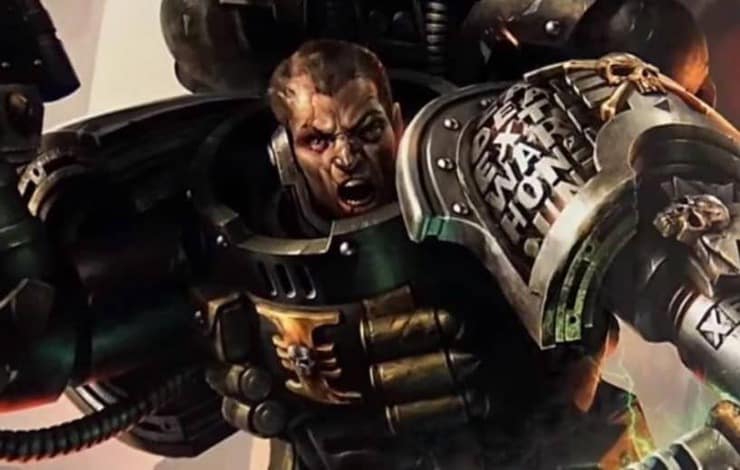
Then there are the Black Shields, the wild cards of this force. These warriors have renounced their past, forsaking their former Chapters entirely. They fight with no ties, no history, and no expectation of returning home. Some see them as a risk, others as the most dedicated fighters the Imperium has to offer. Whatever their past, their loyalty to the mission is absolute.
Spotlight on Deathwatch Kill Teams
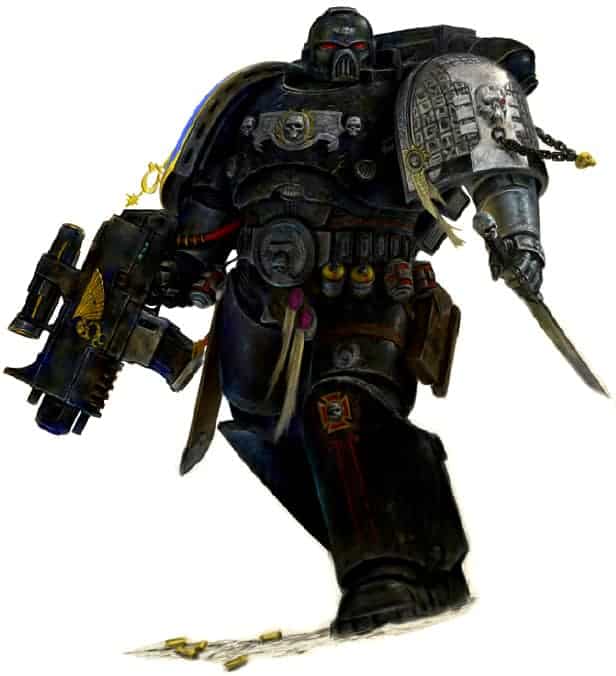
Unlike the squads of other Chapters, these teams don’t just rely on brute force. They use specialized wargear, tactical precision, and a level of adaptability that most Space Marines never need to develop. A kill team might be sent to assassinate a Tyranid synapse creature, disable an Ork war machine before it reaches full power, or infiltrate an enemy stronghold where Xenos corruption has taken root. Every mission is a test of coordination and skill.
Notable Kill Teams and Their Missions

Kill Team Cassius is one of the most well-known, led by none other than Chaplain Cassius himself. This team was assembled to face the Tyranid menace head-on, striking against the Hive Mind with relentless efficiency. The warriors within its ranks were selected for their hatred of the Great Devourer, ensuring that every mission was carried out with merciless precision.
Then there’s Kill Team Artemis, a squad that has gained infamy for operating on the fringes of Imperial space. Led by Watch Captain Artemis, this team has encountered and eliminated threats that most Imperial Commanders don’t even know exist. Their missions often take them beyond what many consider safe, pushing into hostile territory where even the most hardened Space Marines would hesitate to go.
Not all kill teams are built for long-term service. Some are formed for a single, high-risk mission, put together based on the skill set required, and then disbanded once the objective is complete. Others remain intact for years, their members growing into a tightly bonded unit that operates with a level of trust rarely seen outside of a traditional Chapter.
Some squads never return. The missions given to them often border on suicidal, facing down threats that even a full Chapter would struggle to contain. But that’s the cost of serving in this force—fighting the wars that no one else is equipped to handle, and ensuring that the Imperium never even knows how close it came to annihilation.
Conclusion
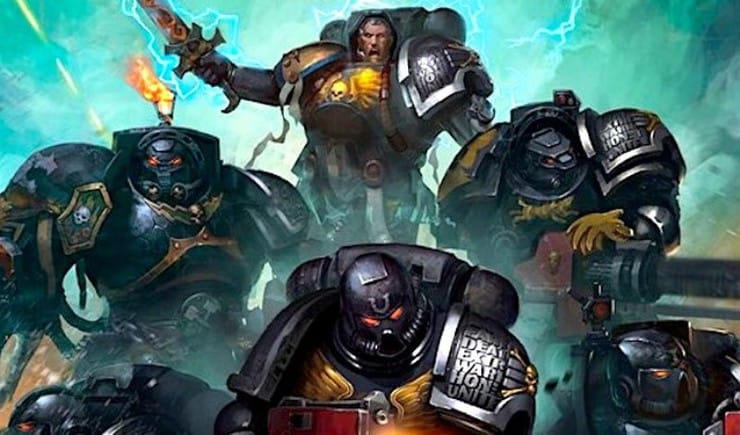
Some return to their original Chapters, bringing with them knowledge and experience that makes them deadlier than before. Others remain, finding their true purpose in the endless war against the Xenos. Then there are the Black Shields, warriors with no past, no home, and nothing but their duty. No matter their origins, once they don the black armor, they are bound to a cause greater than themselves.
FAQs
What is the purpose of the Deathwatch in Warthammer 40K?
This force exists to combat the Imperium’s greatest external threat: the Xenos. While other Space Marine Chapters fight across massive battlefields, this elite unit operates in smaller, specialized teams. They are sent on missions to neutralize key targets, gather intelligence on alien species, and ensure the survival of humanity by striking before a threat escalates.
Why was Titus removed from Deathwatch in Warhammer 40k?
Captain Titus, known for his exploits against the Orks and Chaos, was once a part of this force. He was removed after accusations of heresy due to his resistance to Warp corruption. Though he proved himself time and again, suspicion within the Imperium runs deep, and even the most decorated warriors are not immune to political maneuvering. His story continues, but his time in the black armor came to an end not because of failure, but because of bureaucratic paranoia.
Is Deathwatch dishonorable?
Absolutely not. If anything, serving in this force is one of the highest honors a Space Marine can achieve. Their missions are brutal, their sacrifices immense, and their victories often go unnoticed. While other forces fight for glory and banners, this unit fights for survival—often with no recognition. The only warriors who might see it as dishonorable are those too blind to understand its purpose.
What happened to the Deathwatch in Warhammer 40K?
They continue to operate, more vital than ever. With the Imperium facing threats on all fronts, their missions have only grown in importance. With the return of primarchs, the rise of new enemies, and the expansion of Xenos influence, their war is never-ending. Some fortresses have fallen, others have risen, but their purpose remains unchanged. They are the last line of defense against the alien horrors lurking in the dark.
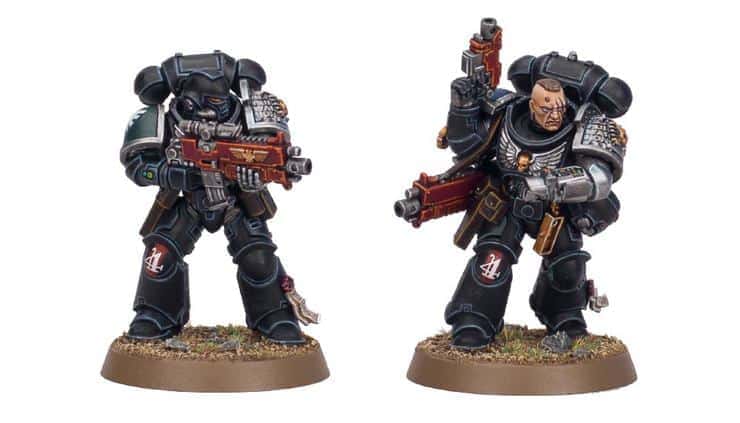
Learn How to Play Deathwatch Here!
What do you think about the Deathwatch and their place in the crusades against the Xenos of Warhammer 40k? Will you be playing them on the tabletop?
